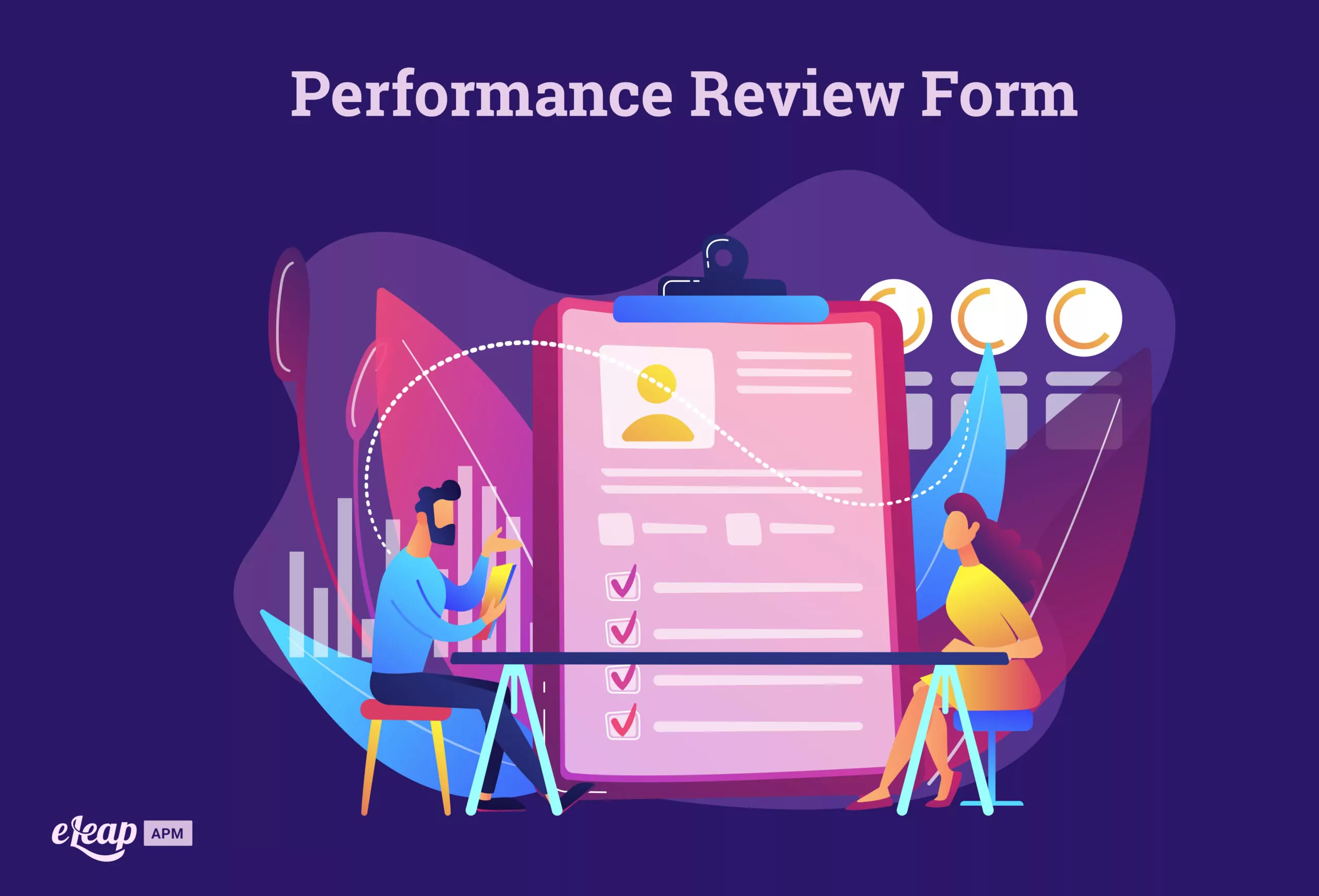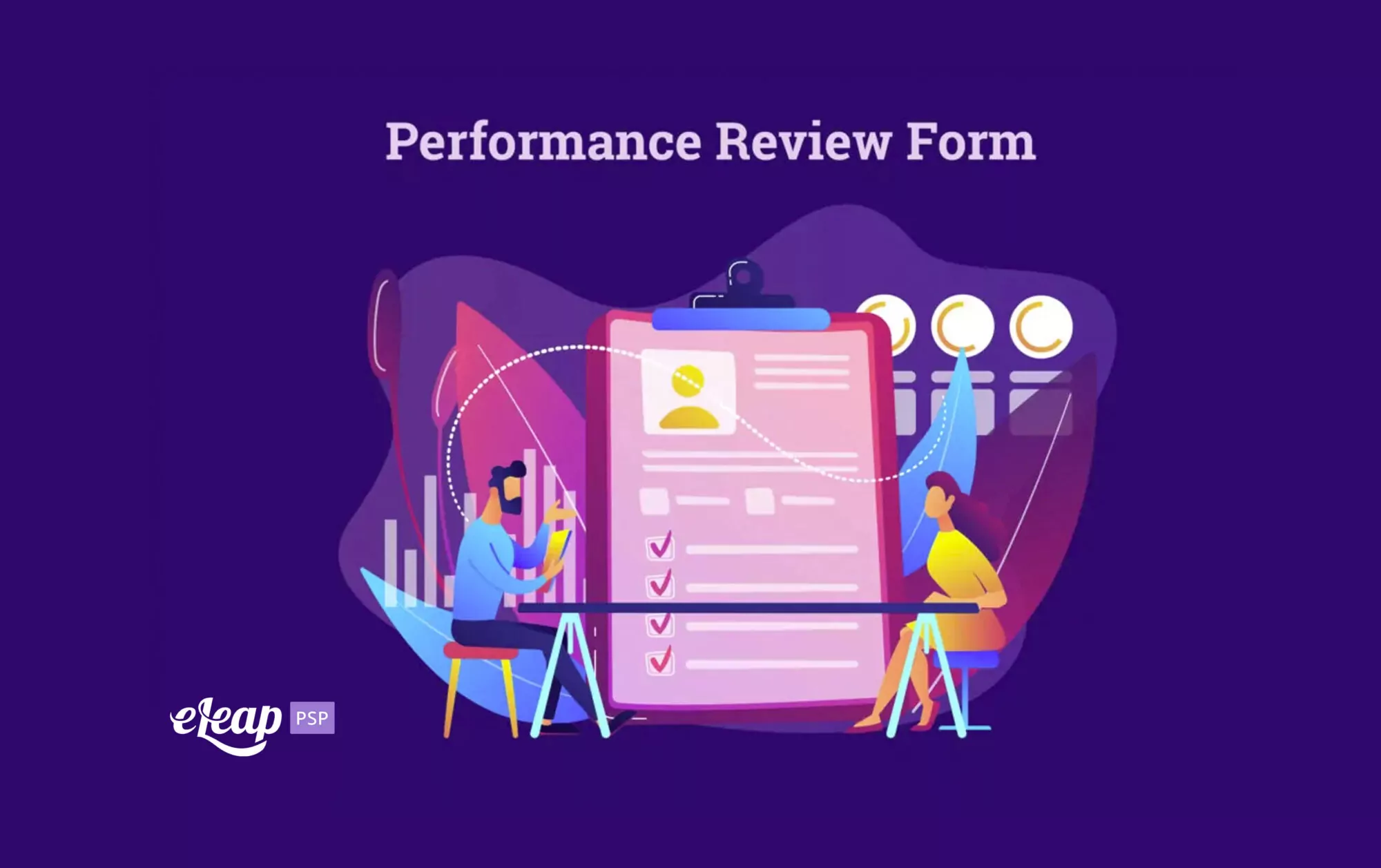Performance Review Forms
What Your Business’s Performance Review Forms Should Look Like

At least once a year (we recommend more request reviews than once a year), your company should assess how your employees have performed since their last review. This process, known as a performance review, is often met with groans of dissatisfaction, but performance reviews are essential to measuring where employees fall in relation to the company’s past, present, and future goals. The form your performance review takes differs with each organization.
For the performance review processes to be fully effective, it’s essential that you build a review form with the right measures. If you’re not sure what this looks like, we recommend that you keep reading. We will look into a few of the typical elements of a performance review form and share some basic guidelines to get you started.

The Basic Outline
The format of your company’s review form will likely depend on what areas you wish to review. That being said, most performance review forms have standard features that you should consider before you create your company’s form. The most common of these features is employee demographics. This information includes the employee’s name, their employee number, a description of their job title, as well as the reviewer’s name, number, and job title.
Many performance review forms also feature a standardized rating scale that shows the employees how they will be assessed. It lets them come into the meeting with a working understanding of your expectations and how their rating will be determined. Some commonly used scales are standard 1 to 10 scales or a scale built on how well the employee met expectations.
Performance review forms will also differ depending on the type of form you’re heading out. Self-evaluation forms will, of course, be different from the forms you use in the interview. We recommend sending out employee self-appraisals before conducting the actual review session as they provide crucial information you can use in the meeting and also give the employee a chance to include themselves in the review process.
Structuring your performance review forms in this way will create a more streamlined tool that will help speed up your reviewing process. But before you get started crafting your review forms, take the following recommendations into account.
Make It More Powerful
You might be wondering what separates your average, generic performance review form from something truly effective. The answer is specificity. This holds true for performance reviews across the board. The more specific you can get, the better. If you’re in the banking world, you wouldn’t use a performance review form built for the agricultural sector, would you? We recommend exploring review forms built for similar companies as your own. They’re a great starting point to find ideas and considerations that relate to your business.
A truly effective form is also one that cuts out any of the extra fluff. You don’t want a review form that’s overly complicated or requires managers and supervisors to pull in outside forms just to get through the appraisal. The more straightforward your instructions are, the more effective and the more powerful your performance review form will be.
Don’t Go Too Broad
You should go into this process with the foreknowledge that one size might not fit all. You may need to make more than one form to suit specific roles. As we said above, not all careers will require the same assessments, so keep that in mind as you craft your measures. That being said, though, keep in mind some of your company’s beliefs and culture. Most jobs will have basic characteristics such as leadership skills, productivity, or time management that relate back to the company’s goals and objectives.
A truly effective performance review form should allow for these career traits to be mentioned no matter what the job is. The key is to relate them back to the company’s culture and objectives as well as the employee’s responsibilities in the actual performance review itself.
Make It Specific to the Employee
It might seem nearly impossible to make a form that’s specific to every single employee in your business. That’s because it is! You don’t have to construct the form itself to suit the employee, but you should craft it to allow supervisors to adjust the measures to the employee. The best way to do this is to have managers or supervisors include a description of the employee’s responsibilities.
A well-worded rundown of the employee’s position in the company makes it easier for supervisors to set new goals, as they can relate it back to the employee’s position. This also bases their review on the employee’s performance and competency rather than on their personality or their behavior. Performance reviews are about performance, after all, not personal criticisms.
Leave Room for the Employee
One of the biggest mistakes supervisors and HR teams make when creating their performance review processes is that they make it completely one-sided. Failing to take the employee into account turns performance review season into nothing more than a constant onslaught of negative feedback. Even if an employee receives a majority good review, by not giving them a chance to present themselves as they see themselves, your employees will be left feeling alienated and backstabbed.
Review their performance in relation to their goals, but also address where they see themselves in the coming future. After all, the point of a performance review is supposed to be motivation. Evaluate their past performance and pivot it into their future growth. Employees and management should work collaboratively to develop measurable, achievable, and specific goals.
Conclusion
While performance review season is often seen as a rough time for employees, people tend to forget that managers and HR also has the lengthy job of constructing the performance review process. When it comes to making the review forms, though, it doesn’t have to be complicated. Remembering the basic outline of your forms, making it specific to your profession, and leaving room for the employee are all great steps to help you craft the performance review form your business needs. Download the ebook “The Skeptics Guide to Performance Management“ and get started on improving your performance management process.